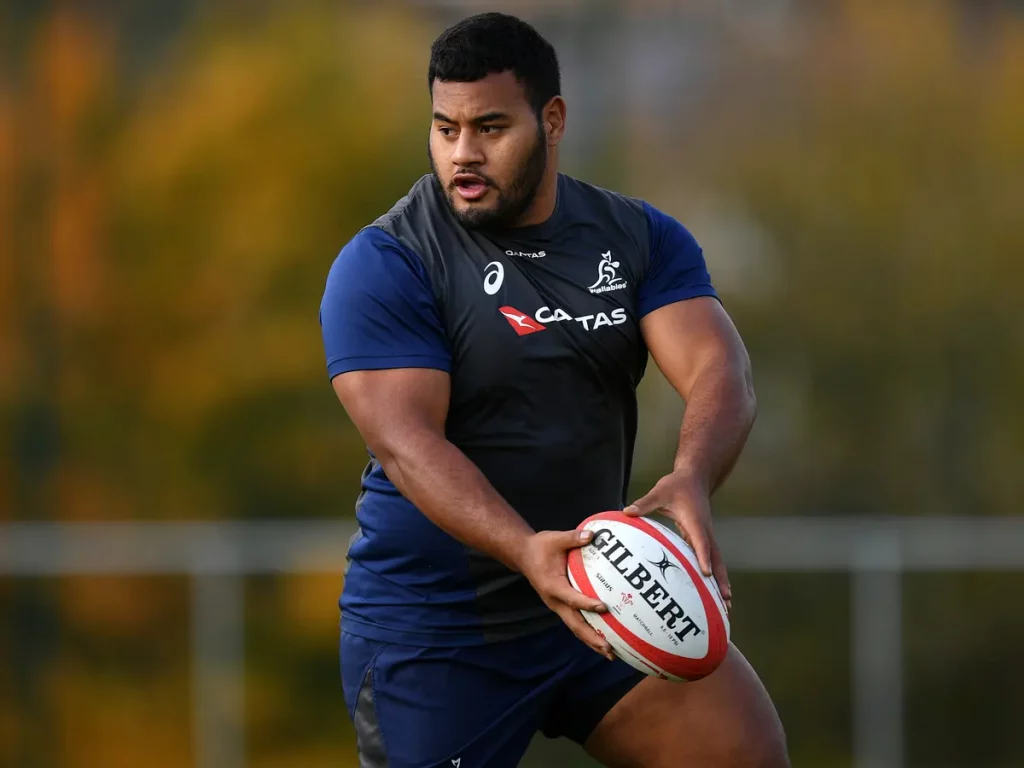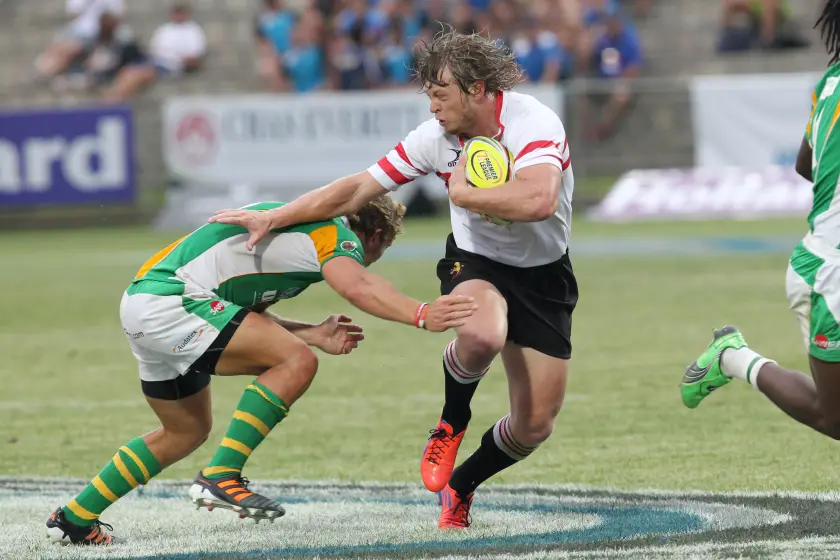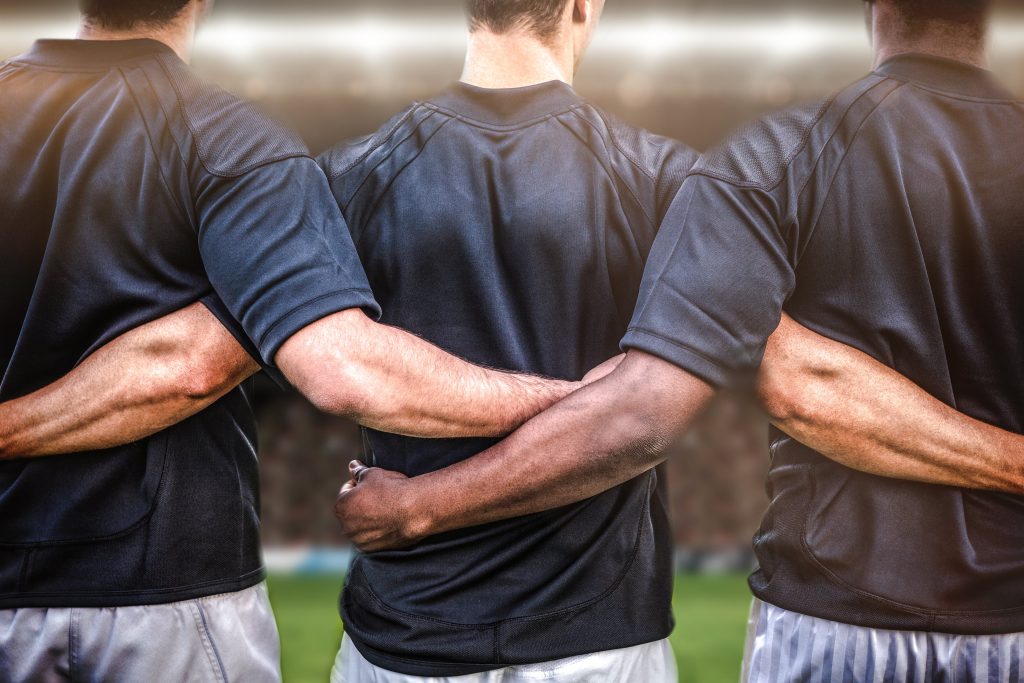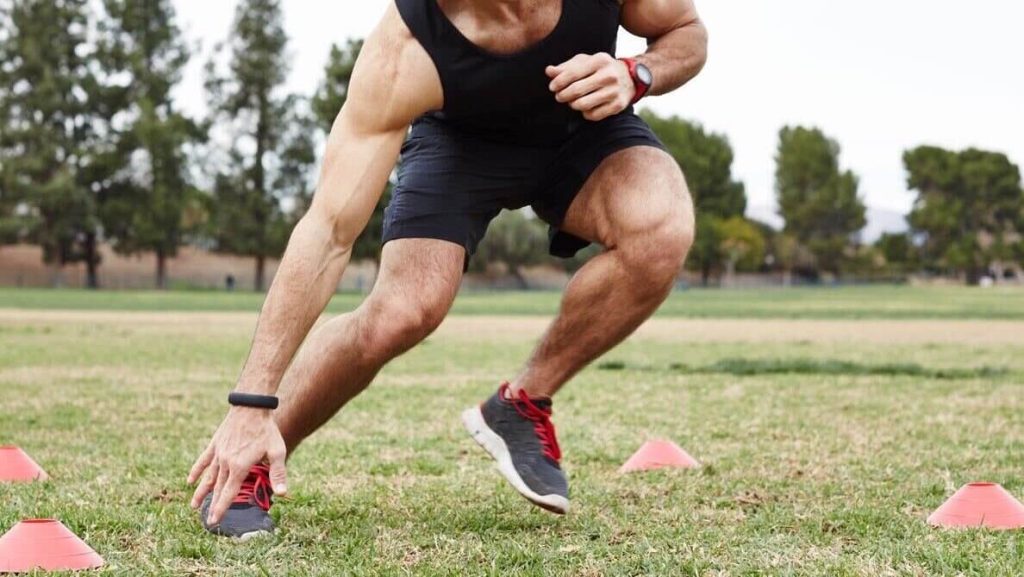To describe the body of a rugby player, personal trainers, and former football players often use fancy words like Strength, Power, Speed and Athleticism. The rugby player body embodies strength, skill, and a strong aesthetic. And luckily, it’s something anyone can train, with the right plan and program. So how can you get in shape like a professional rugby player? Read our article for more references!
What is a rugby player body like?
As with the words used above, a rugby player’s physique can simply be described as “huge”. A lot of pure muscle and not much body fat. As coach Scott Liebenberg pointed out, “The hallmarks of all rugby players are big shoulders and big feet.” Rugby is a unique sport in that it requires running or sprinting, along with a high level of fitness (i.e. ball handling) – requiring both a strong upper and lower body.
Rugby players stand out from the crowd with an impressive physique – but the body is so much more than just its looks. A rugby body is a strong, explosive, incredibly strong, and agile body. Agility comes from the difficult movements that rugby players make while playing. Finally, a well-conditioned cardiovascular system is definitely something you will need with a rugby body. With such a large body, even moving around would be difficult if you didn’t have a great heart and lungs.

Typical Training Diet For a Rugby Player
Rugby players require a lot of energy to fuel their practice every day. Therefore, they need to eat a high-protein, moderate-fat, and moderate-to-high-carbohydrate diet, depending on their training volume and performance goals, i.e. mass gain muscle.
Breakfast
Breakfast options will include slow-release carbohydrate foods like a large bowl of porridge with fruit and yogurt, plus some eggs.
Lunch
Lunch is the main meal of the day to help recover from morning training and fuel up for afternoon/evening workouts, especially for elite rugby players who often train practice twice a day. Foods like chicken or fish with rice, potatoes, and a mix of vegetables, plus something like Greek yogurt and fruit, are better to include in rugby players’ diet plans.
Dinner
Dinner will be a good recovery meal to replenish and restore muscles after a day of training. A rugby player’s diet should include meals like fajitas, spaghetti bolognese, fish cakes, and casseroles with ample amounts of carbohydrates, protein, and vegetables.
Rugby players will also snack frequently throughout the day to support their high energy needs and for better training and energy recovery between meals. Before bed, a protein-rich option like Greek yogurt with fruit, milk or cheese, and a slow-release casein protein supplement like Nutrition X’s night protein are better.
The Rugby Player Body: 5 Training Tips
The following nutrition and training tips will help you develop a good a rugby player body. There are important body parts that you need to work on and you have a long way to go, but these tips will ensure you have a head start on your fitness journey.
Get Right Nutrition
Protein plays a very important role in muscle accumulation and it is also very good in providing energy for the body. In fact, having a protein bar or shake before or after a workout can be very beneficial. A rugby player, according to Scott, requires 2-2,5 grams of protein per kilogram of body weight per day. Consuming healthy carbs will help you get the most out of your workout. They are among the best nutrients for boosting energy, but make sure you obtain them from a nutritious diet. Eat foods high in carbohydrates along with protein to replenish your energy reserves, such as bananas, dried fruit, milk, or yogurt, advises Scott.
Lift Big
You should focus your training on core exercises such as:
- Deadlifts
- Bench press
- Shoulder press
- Rows
- Squats
These are important exercises for building strength, along with a muscular physique. If you are a beginner, start small and light to learn the proper form. Robert Dodd recommends near-failure training and high reps, so vary your workouts for a good mix of strength, muscle building, and endurance. By examining yourself in the mirror and contrasting yourself with your favorite rugby players, you may determine when you are satisfied with your size.
Train The Lower Body
According to Robert Dodds, “although rugby players are physically strong, that strength is mostly derived from the breadth and width of the upper body, the lower body is perhaps more vital to fitness.” their hegemony on the field,” Robert Dodds observed. Try some extra moves to add muscle and strength to your legs, such as:
- Leg presses
- Deadlifts
- Hack squats
- Lunges
- Bulgarian split squats
Build Your Back & Shoulders
Wide shoulders and a high back are an important part of a football player’s physique, and most of your gains in those areas will come from compound lifts like the overhead press and deadlift or row. Again, if you’re doing heavy weights, lifting weights, and overhead presses in the 5-8 rep range, do these extra exercises in the higher ranges like 8-12 or 12-15 to fatigue the groups that body.
Get Agile With Quick HIIT Sessions
While the exercises you do during your regular workouts offer some cardiovascular benefits, doing a few HIIT sessions would be a great addition. You need agility to have a true rugby body, and you’ll develop it in fast HIIT sessions. Jumping from one move to the next will ensure your body is coordinated and working efficiently. It’s also an extremely effective way to build endurance and better conditioning. Most work to build a rugby physique will focus on lifting weights and building muscle. But without good agility, coordination, and conditioning, you won’t really master the look. Those are the 5 ways you need to do to get a rugby player body.

Conclusion
As a result, developing the rugby player body takes some real work as you need to focus on your whole body. You need a strong upper and lower body, and somehow you have to build great cardio endurance and agility. All the leg work will make you sore at first, but you’ll find your body getting stronger and stronger incredibly quickly with this style of workout.
Read more:


